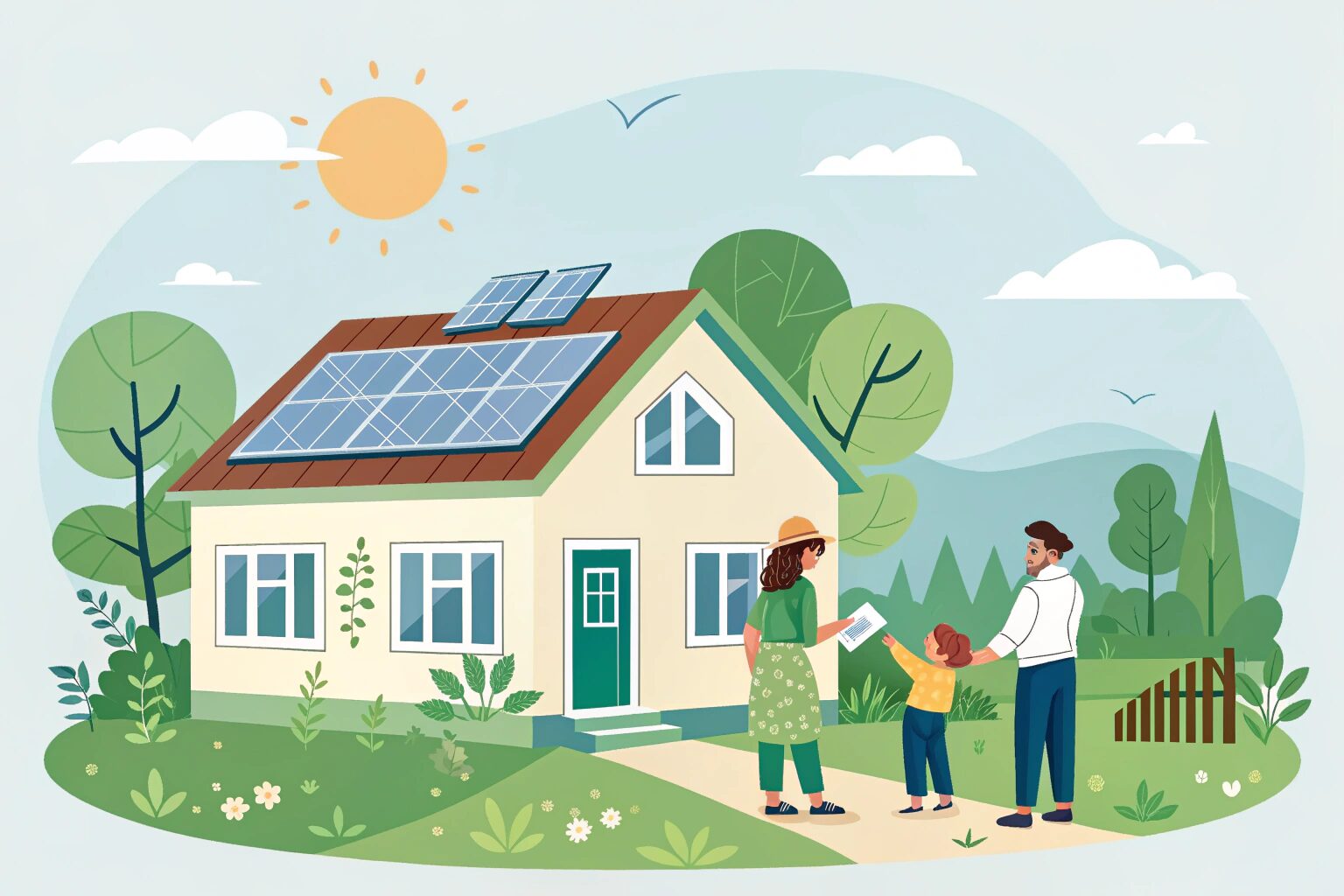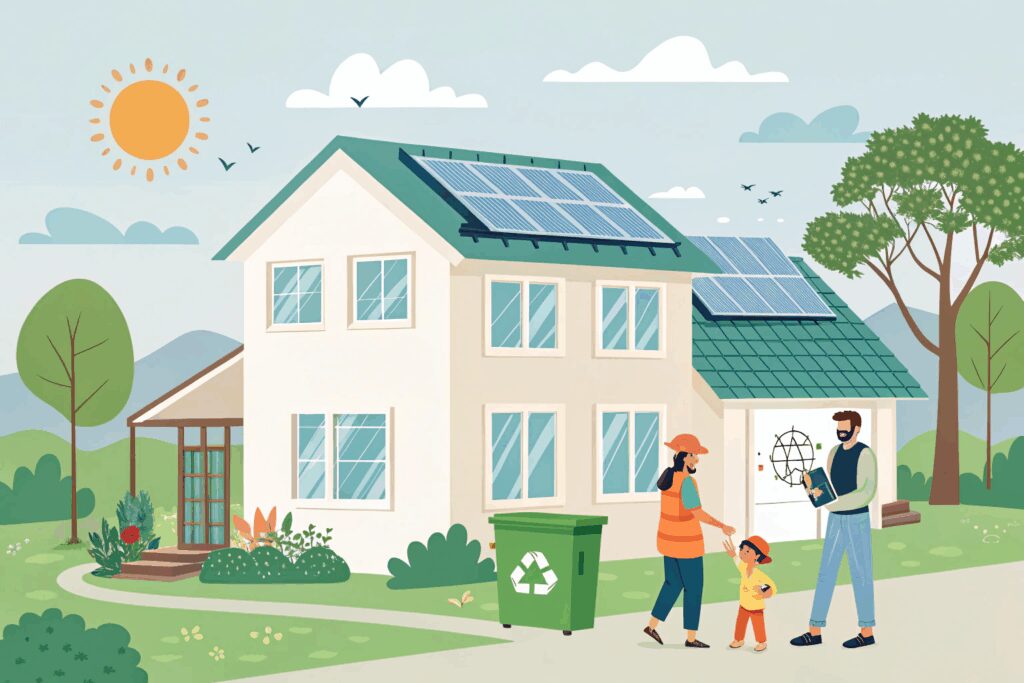

Thinking about making your house greener in 2025? You’re not alone. Across the country, more homeowners are looking at ways to add solar panels, better insulation, and energy-efficient materials. But the big question pops up quickly: how do you pay for it?
This article takes a deep dive into how to finance eco-friendly upgrades for your home this year. From federal incentives to state programs and new lending options, there are more pathways than ever to make a big difference in your energy bills and your home’s footprint.
The push for energy-efficient housing is picking up serious speed. The U.S. Department of Energy reported in January 2025 that 1,352 projects—worth about $13.5 billion—have already been funded to improve energy systems in homes, schools, and nonprofits. A hefty chunk of that investment is going into residential properties.
So why now? Two reasons stand out:
Tax incentives remain one of the simplest ways to offset costs. According to the IRS, there are two main federal credits available for 2025:
The Kiplinger guide adds another layer: solar panels, geothermal heat pumps, and energy storage systems are also eligible for a 30% credit. But there’s a catch. There’s talk in Congress about rolling these credits back for projects installed after December 31, 2025. That makes this year an important one.
In addition to federal credits, states are getting access to major funding sources. A study from the ACEEE shows $53 billion in federal rebates combined with $30 billion from local utilities and state funds. These funds can be bundled to cover deep retrofits, from weatherization to complete electrification of older homes.
Each state sets its own eligibility criteria, so homeowners should check with state energy offices.
Sometimes credits and rebates aren’t enough to cover a big project. That’s where financing options come in.
New loan products tailored for eco-friendly remodeling have been popping up, with competitive interest rates. One trend is the rise of 2025 home renovation loans, which are specifically designed to support energy-efficient projects like solar panels and advanced HVAC systems.
Another option that continues to gain ground is Property Assessed Clean Energy (PACE) financing. According to MDPI, by 2022, residential PACE programs had financed $8.4 billion in upgrades across 344,000 homes. Available mainly in California, Florida, and Missouri, these loans are paid back through your property tax bill and stay with the house if you sell.
PACE loans can be attractive for big-ticket upgrades because repayment terms are long, and upfront cash isn’t required.

Solar continues to lead the way for home energy projects. Panels are more efficient and less expensive than even five years ago. Pairing them with batteries means you can store power for cloudy days or outages.
Good windows make a noticeable difference. Energy-efficient windows can cut heating and cooling bills by 10–25%. Federal credits are available, but note the annual $600 cap specifically for windows.
Heat pumps are everywhere in 2025. Why? They can handle both heating and cooling while using less energy. The upfront cost can be steep, but the tax credit and state incentives help soften the blow.
Think beyond systems and appliances. Upgrading to better insulation, energy-rated doors, and reflective roofing materials can lead to lasting savings.
And remember, timing matters. With the risk of some credits being rolled back after 2025, it pays to move sooner.
Expect to see more combined packages—tax credits plus grants plus low-interest loans—all offered through a single application process.
Cities and neighborhoods are starting to focus on community solar projects and battery storage systems. This trend could influence what upgrades homeowners choose.
Starting this year, the IRS requires that qualifying energy-efficient products include a manufacturer PIN. That means you need to double-check your contractor is using products that meet these requirements.
2025 offers an unprecedented opportunity to upgrade homes in ways that save energy and money. Between federal tax credits, state funding, innovative financing like PACE, and specialized 2025 home renovation loans, there’s no shortage of ways to pay for these improvements.
From solar panels to better insulation, every choice made this year has the potential to reduce your bills and shrink your environmental footprint. And with so much funding on the table right now, waiting could cost more than acting.
